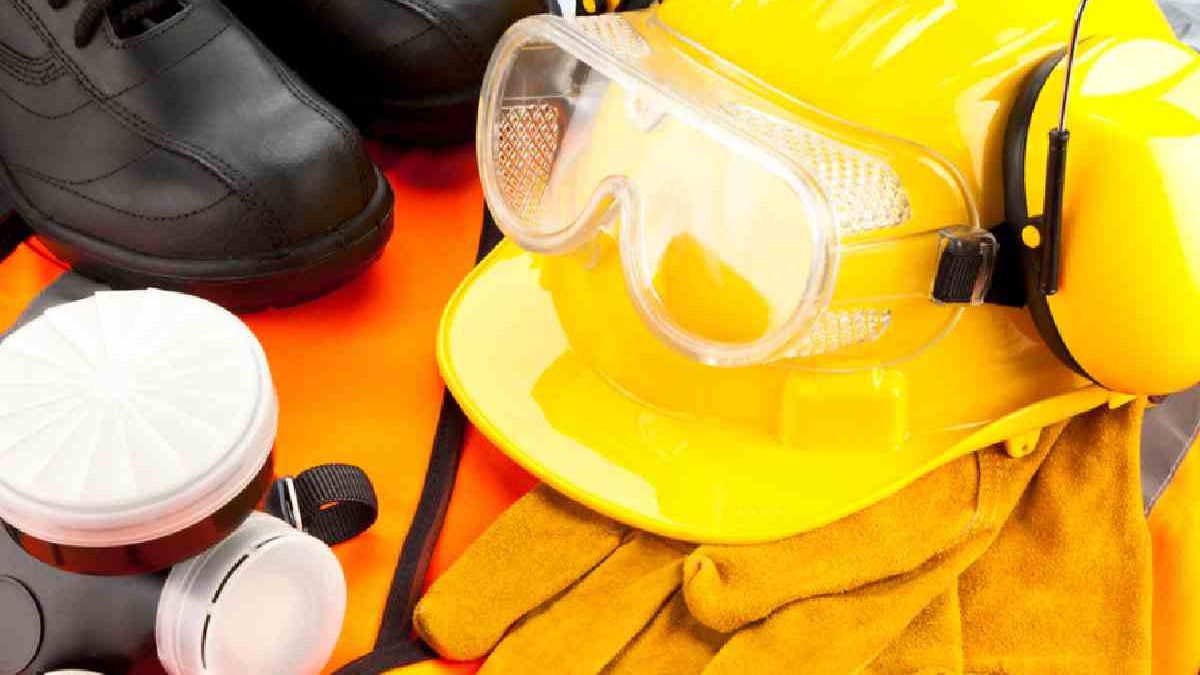Safety First
Every successful build starts with good planning—and smart material choices. Whether it’s a commercial development or a residential renovation, the materials you select directly affect the safety, performance, and longevity of the final structure. From structural integrity to slip prevention, the right materials can prevent accidents and reduce long-term maintenance needs.
While design often takes centre stage, safety should be an equal priority. Construction professionals and contractors know that selecting the wrong material can introduce risks that only become apparent months or years later. Choosing wisely from the beginning can make all the difference.
Table of Contents
Slip Resistance in High-Traffic Areas
Floors are one of the most common areas where safety can be compromised, especially in entryways, stairwells, ramps, or loading bays. Water, oil, and other spills can turn a smooth surface into a hazard. That’s where materials designed with texture and grip come into play.
Aluminium checker plates are a practical solution in these spaces. Their raised pattern helps provide traction underfoot, even in wet or oily conditions. You’ll often find them in car parks, service areas, and external stairs—anywhere that needs enhanced grip. They’re particularly valuable in commercial and industrial builds, where high foot traffic and vehicle movement can quickly wear down traditional flooring.
Beyond the texture, aluminium’s corrosion resistance also contributes to long-term safety. Unlike untreated steel, it won’t rust or flake when exposed to moisture, reducing the risk of surface degradation that might cause trips or falls.
Fire Safety and Heat Resistance
In environments where high temperatures are a factor—whether from machinery, cooking equipment, or natural exposure—using materials that resist heat and fire is a must. Stainless steel and fire-rated cladding options often form the first line of defence in such scenarios.
Metal cladding around ovens, heaters, and machinery can help prevent the spread of flames and contain heat more effectively. This is especially important in buildings where staff or residents may need extra time to evacuate in an emergency. Materials used in wall linings, ceilings, and support structures should all be evaluated for fire performance to meet local safety codes.
Load-Bearing Reliability and Structural Integrity
Safety doesn’t stop at surfaces. Structural materials need to hold their ground—literally. From support beams to staircases, selecting metals with the correct strength-to-weight ratio helps maintain the integrity of the build over time.
For example, using aluminium in walkways and platforms provides strength without excessive weight, which reduces stress on the broader structure. Combined with a well-thought-out support system, this allows for cost-effective, secure builds that are easier to install and maintain.
Visibility and Delineation
Good safety design also includes visual cues. Materials can be used to mark transitions, boundaries, and hazards—whether it’s a brightly coloured grip strip or a reflective metal surface to catch the eye.
Aluminium checker plates can play a role here too. Not only are they functional underfoot, but they also stand out visually. When used along stair edges or loading zones, they can help delineate safe walking areas. This is especially important in dimly lit environments like underground car parks or late-night service areas, where clear visual contrast can prevent missteps.
Maintenance and Long-Term Risk Reduction
Materials that degrade quickly become safety risks. Cracked tiles, rusted supports, and delaminated surfaces all pose hazards. Choosing materials with long lifespans and low maintenance needs reduces the likelihood of these issues arising.
Metals like aluminium and stainless steel are favoured for just this reason. Their resistance to corrosion, weather, and wear helps maintain a safer environment over time. When installed properly, they require minimal upkeep and maintain their protective properties for decades.
Conclusion
Safety starts at the blueprint stage, and material selection plays a central role in creating secure, resilient buildings. From slip-resistant flooring to fire-safe surfaces and durable structural components, these choices protect both people and property.
With options like aluminium checker plates, contractors and designers can integrate safety into the fabric of a build—without compromising on functionality or aesthetics. It’s a matter of planning ahead, thinking through use cases, and building smarter from the ground up.

